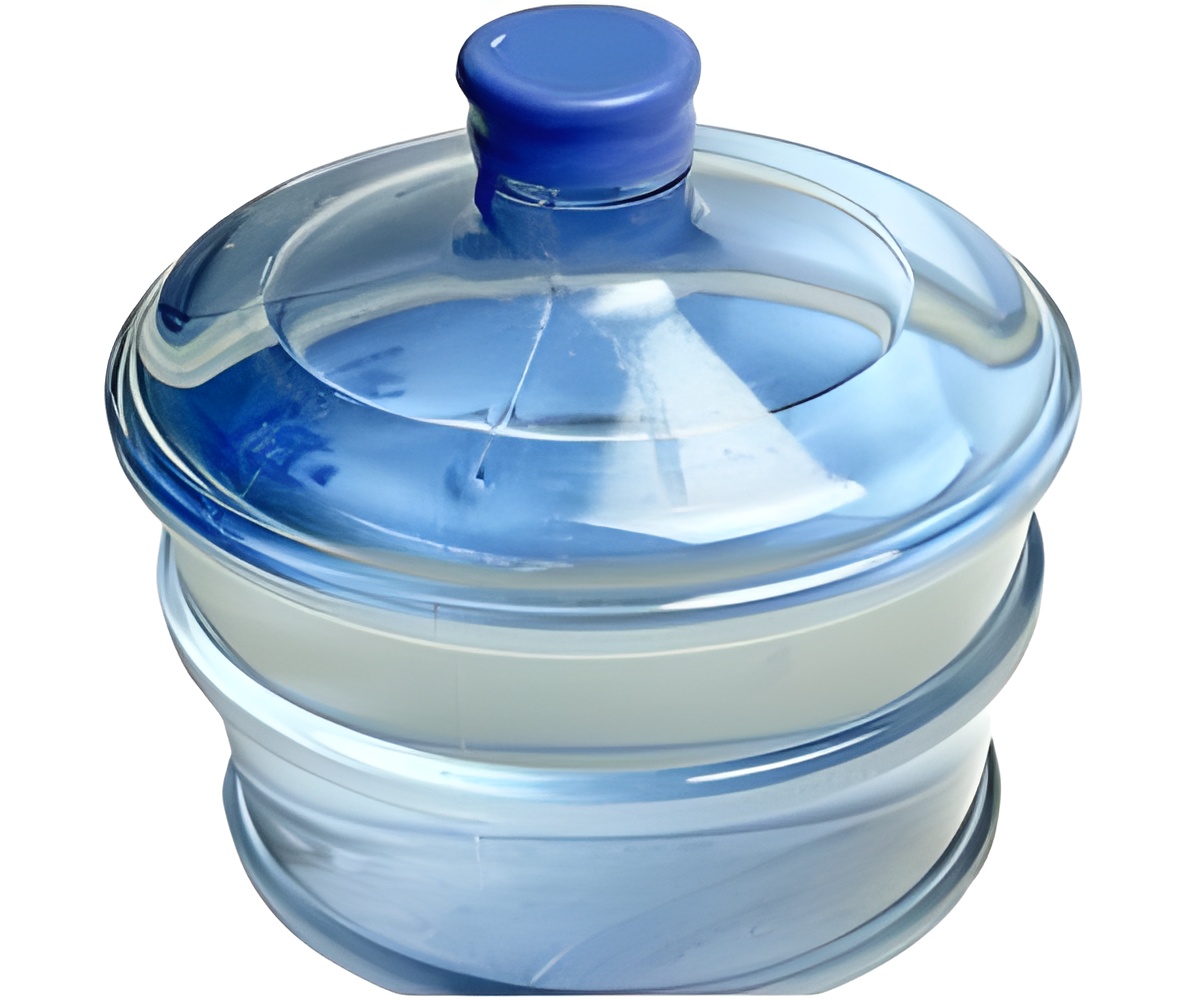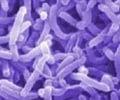Counterterrorism measures and water and food safety concerns could be helped by a new process for making a three-dimensional microstructure that can be used in the analysis of cells.

In their engineering laboratory, the researchers developed a new microfabrication technique to develop three-dimensional microfluidic devices in polymers. Microfluidics deals with the performance, control, and treatment of fluids that are constrained in some fashion, explained Masoud Agah , director of the laboratory.
As a result of this work, Agah, associate professor of the Bradley Department of Electrical and Computer Engineering and of the Virginia Tech–Wake Forest School of Biomedical Engineering and Sciences, and Amy Pruden, professor of civil and environmental engineering at Virginia Tech, have received a National Science Foundation award of $353,091 to use the technology and develop new microchips named 3D-πDEP standing for "three-dimensional, passivated-electrode, insulator-based dielectrophoresis" for pathogen detection.
The NSF grant will allow them to focus on the isolation of waterborne pathogens that represent one of the "grand challenges to human health, costing the lives of about 2.5 million people worldwide each year," Agah and Pruden said.
According to the World Health Organization, the isolation of pathogenic bacteria from the environment has not significantly changed since the 1960s, when methods for chemical treatment of samples to remove background organisms were first implemented.
In the past, Agah said, researchers have mainly used two-dimensional microfluidic structures since this type of fabrication is more simplistic. With the three-dimensional device developed by Agah and his collaborators, Yayha Hosseini and Phillip Zellner, both graduate students in the department, they are able to customize the shapes of the channels and cavities of the devices the fluids passed through.
 MEDINDIA
MEDINDIA


 Email
Email










